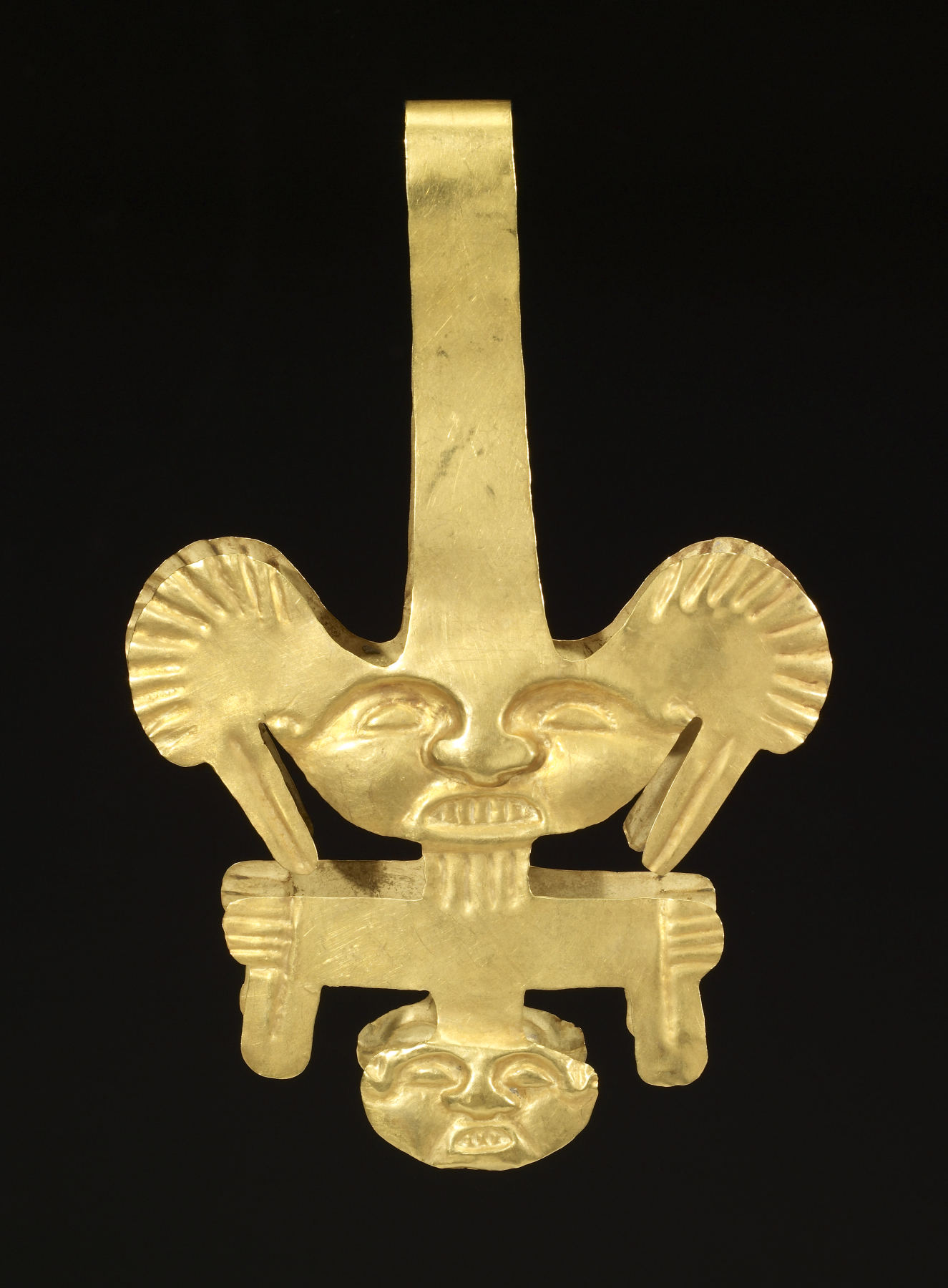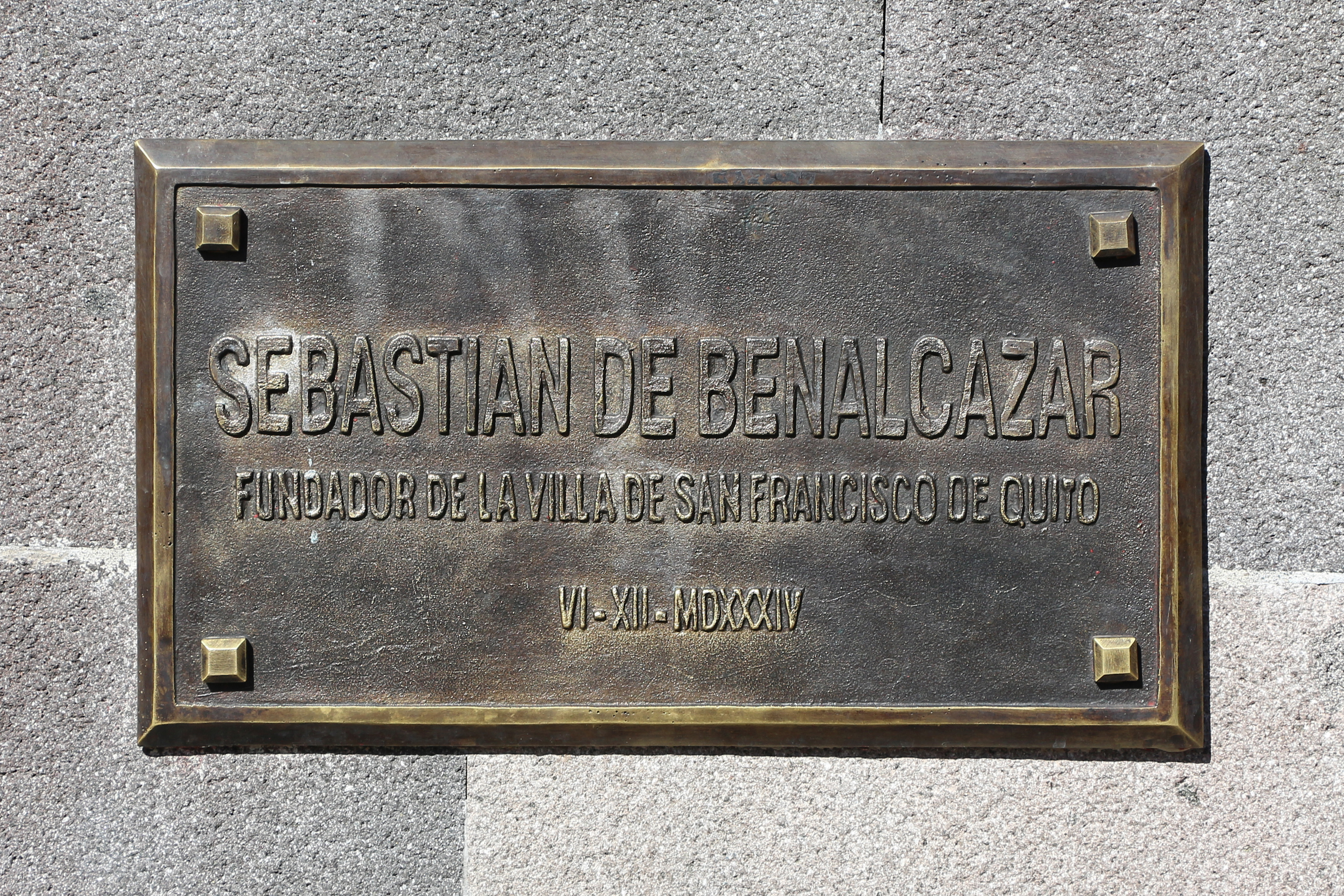|
El Gato Del Río
El Gato del Río ("The River Cat") is a sculpture by Colombian artist Hernando Tejada. The sculpture was inaugurated on July 3, 1996 and is located on the side of the Cali River in Cali, Colombia. Over time, it has turned into a famous landmark of the city along with the monument to Sebastián de Belalcázar and Cristo Rey. Today the area near the sculpture has turned into a park with cat sculptures by several artists known as the ''Parque El Gato De Tejada'' or the "Cat Park". History In 1996, a plan was created to beautify the banks of the Cali River on the city’s north side. For this project, Tejada donated this sculpture to the city. The sculpture was created in bronze in the studio of Rafael Franco in Bogotá. To transport the sculpture to the city, the roof of the studio had to be removed. ''El Gato del Río'' was inaugurated on July 3, 1996, which is celebrated as the independence day in Cali. The monument was situated on the ''Avenida del Río'' in an area with high ... [...More Info...] [...Related Items...] OR: [Wikipedia] [Google] [Baidu] |
Hernando Tejada
Hernando Tejada Sáenz (February 1, 1924 in Pereira, Colombia – June 1, 1998 in Cali, Colombia), popularly known as Tejadita, was a Colombian painter and sculptor. His most well-known sculpture, ''El Gato del Río'', is a famous landmark of Cali, Colombia. Women and cats were common themes in his works. In his later years, another theme was the inclusion of mangroves and their surrounding environment. His nickname of ''tejadita'' alludes to his short stature (1.50 meters tall). Biography His early childhood life was in Manizales, along with his parents, José Tejada and Ismenia Sáenz, four brothers, and two sisters, including Lucy Tejada who was also an accomplished artist, and less recognized, his sister Teresita Tejada. In 1937 his family moved to the city of Cali where he studied at the Departmental Institute of Fine Arts with its founder and Professor Jesús María Espinosa and completed his studies at the National School of Fine Arts in Bogotá (today a part of the Na ... [...More Info...] [...Related Items...] OR: [Wikipedia] [Google] [Baidu] |
Cali, Colombia
Santiago de Cali (), or Cali, is the capital of the Valle del Cauca department, and the most populous city in southwest Colombia, with 2,227,642 residents according to the 2018 census. The city spans with of urban area, making Cali the second-largest city in the country by area and the third most populous after Bogotá and Medellín. As the only major Colombian city with access to the Pacific Coast, Cali is the main urban and economic center in the south of the country, and has one of Colombia's fastest-growing economies. The city was founded on 25 July 1536 by the Spanish explorer Sebastián de Belalcázar. As a sporting center for Colombia, it was the host city for the 1971 Pan American Games. Cali also hosted the 1992 World Wrestling Championships, the 2013 edition of the World Games, the UCI Track Cycling World Championships in 2014, the World Youth Championships in Athletics in 2015 as well as the inaugural Junior Pan American Games in 2021 and the 2022 World Athleti ... [...More Info...] [...Related Items...] OR: [Wikipedia] [Google] [Baidu] |
Cali River
The Cali River is a river of western Colombia. It flows through the city of Cali and drains into the Cauca River. Its headwaters are in the Farallones de Cali Farallones de Cali is a cluster of mountains in the West Andes of Colombia. It is located west of the city of Cali and gives rise to many of the rivers that provide water and electricity to Cali. The PNN Farallones de Cali encompasses in the ... of the Cordillera Occidental. See also * List of rivers of Colombia References *Rand McNally, The New International Atlas, 1993. Rivers of Colombia {{Colombia-river-stub ... [...More Info...] [...Related Items...] OR: [Wikipedia] [Google] [Baidu] |
Sebastián De Belalcázar
Sebastián de Belalcázar (; 1479/1480 – 1551) was a Spanish conquistador. De Belalcázar, also written as de Benalcázar, is known as the founder of important early colonial cities in the northwestern part of South America; Quito in 1534 and Cali, Pasto and Popayán in 1537. De Belalcázar led expeditions in present-day Ecuador and Colombia and died of natural causes after being sentenced to death in Cartagena, at the Caribbean coast in 1551. Early life He was born as Sebastián Moyano in the province of Córdoba, Spain, in either 1479 or 1480. He took the name Belalcázar as that was the name of the castle-town near to his birthplace in Córdoba. According to various sources, he may have left for the New World with Christopher Columbus as early as 1498. Americas He was an encomendero in Panama in 1522. He entered Nicaragua with Francisco Hernández de Córdoba in 1524 during the conquest of Nicaragua, and became the first mayor of the city of León in Nicaragua. He ... [...More Info...] [...Related Items...] OR: [Wikipedia] [Google] [Baidu] |
Cristo Rey (Colombian Statue)
''Cristo Rey'' (English: Christ the King) is a statue 26 meters tall located in the ''Cerro de los Cristales'' (Hill of the Crystals) in the village of Los Andes, west of the city of Cali, Valle del Cauca, Colombia. The hill is so named because of the large amount of quartz that could be collected in the surrounding area. On Sunday October 25, 1953, the statue was inaugurated at its summit an image of Christ in celebration of the fifty years following the end of the War of a Thousand Days. It is made of iron and concrete, with a mass of 464 tons and a height of 26 m, of which 5m belong to the pedestal. (Santiago de Cali County) History The Jesuit priest José María Arteaga had commissioned the[...More Info...] [...Related Items...] OR: [Wikipedia] [Google] [Baidu] |
Omar Rayo
Omar Rayo Reyes (January 20, 1928 – June 7, 2010) was a renowned Colombian painter, sculptor, caricaturist and plastic artist. He won the 1970 Salón de Artistas Colombianos. Rayo worked with abstract geometry primarily employing black, white, red and yellow. He was part of the Op Art movement. Rayo's work shows that geometric art is as much a part of the past as it is of the future. He used traces of the past to discover new ways to present visual and geometric sketches. One of his most celebrated exhibitions was carried out in the National Room of the Museum of the Palace of fine arts of Mexico, titled "20 years, 100 works: Omar Rayo." Museum The Museo Rayo de Dibujo y Grabado Latinoamericano was founded on January 20, 1981 by Rayo in his hometown of Roldanillo with funds the artist himself provided. The museum was also funded with help from the Colombian government and others so that this site would remain a permanent exhibit of his works of art during the late 1980s. ... [...More Info...] [...Related Items...] OR: [Wikipedia] [Google] [Baidu] |
La Tertulia Museum
La Tertulia Museum, formerly known as the Museum of Modern Art La Tertulia, is an art museum in Cali, Colombia. It has an important collection of American and especially Colombian art. The museum consists of three buildings: a main gallery with 300 works by national and international artists and an art workshop for children; an arthouse theater known as the ''Cinemateca''; and a building for printing and restoration workshops. The Cinemateca frequently hosts passing film festivals, such as EuroCine. Background A ''tertulia'' in Spanish refers to a social gathering, especially to talk about art or literature. The name of the museum comes from the history of its creation. During the dictatorship of General Gustavo Rojas Pinilla, the cultural activity in Cali fell markedly. The Municipal Theater of Cali was reduced to a movie theater, and the Institute of Fine Arts was used as a means of propaganda by the State. Due to this shortage of spaces, houses began to be improvised as cultur ... [...More Info...] [...Related Items...] OR: [Wikipedia] [Google] [Baidu] |
1996 Sculptures
File:1996 Events Collage.png, From left, clockwise: A Centennial Olympic Park bombing, bomb explodes at Centennial Olympic Park in Atlanta, set off by a radical Anti-abortion violence, anti-abortionist; The center fuel tank explodes on TWA Flight 800, causing the plane to crash and killing everyone on board; Eight people 1996 Mount Everest disaster, die in a blizzard on Mount Everest; Dolly (sheep), Dolly the Sheep becomes the first mammal to have been cloned from an adult somatic cell; The Port Arthur massacre (Australia), Port Arthur Massacre occurs on Tasmania, and leads to major changes in Gun laws of Australia, Australia's gun laws; Macarena, sung by Los del Río and remixed by The Bayside Boys, becomes a major dance craze and cultural phenomenon; Ethiopian Airlines Flight 961 crash-ditches off of the Comoros Islands after the plane was Aircraft hijacking, hijacked; the 1996 Summer Olympics are held in Atlanta, marking the Centennial (100th Anniversary) of the modern Olympic Gam ... [...More Info...] [...Related Items...] OR: [Wikipedia] [Google] [Baidu] |
Buildings And Structures In Cali
A building, or edifice, is an enclosed structure with a roof and walls standing more or less permanently in one place, such as a house or factory (although there's also portable buildings). Buildings come in a variety of sizes, shapes, and functions, and have been adapted throughout history for a wide number of factors, from building materials available, to weather conditions, land prices, ground conditions, specific uses, prestige, and aesthetic reasons. To better understand the term ''building'' compare the list of nonbuilding structures. Buildings serve several societal needs – primarily as shelter from weather, security, living space, privacy, to store belongings, and to comfortably live and work. A building as a shelter represents a physical division of the human habitat (a place of comfort and safety) and the ''outside'' (a place that at times may be harsh and harmful). Ever since the first cave paintings, buildings have also become objects or canvasses of much artis ... [...More Info...] [...Related Items...] OR: [Wikipedia] [Google] [Baidu] |



.jpg)

